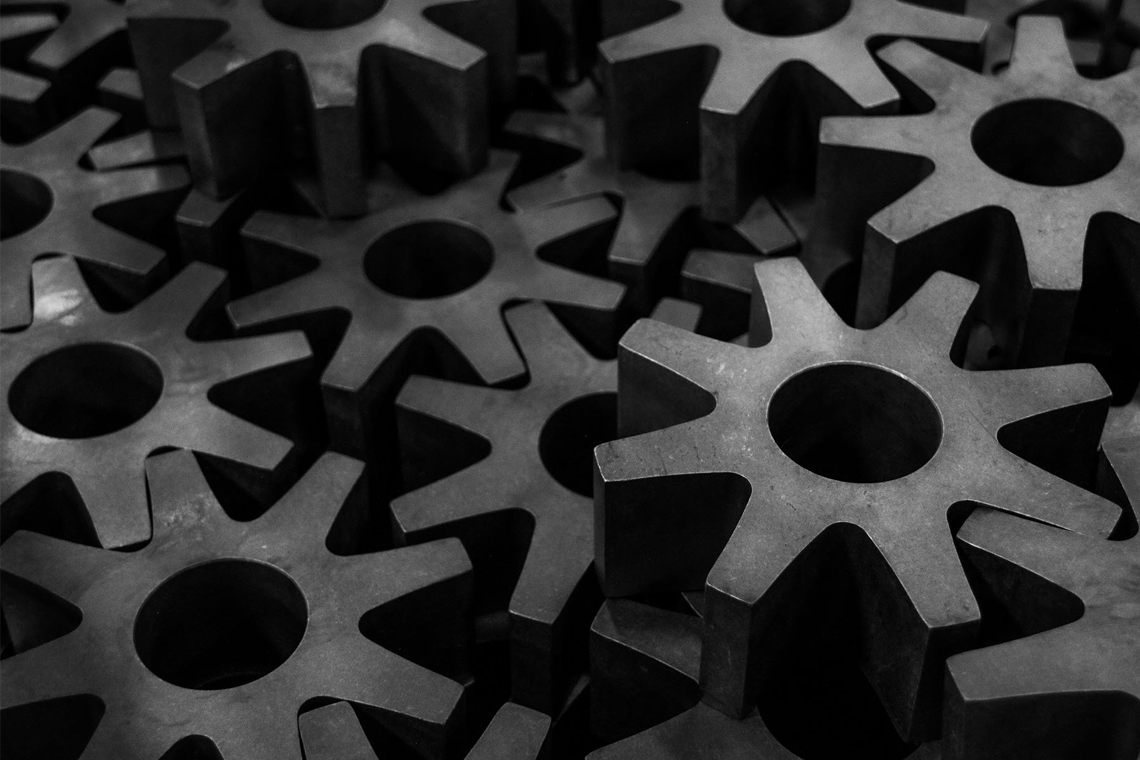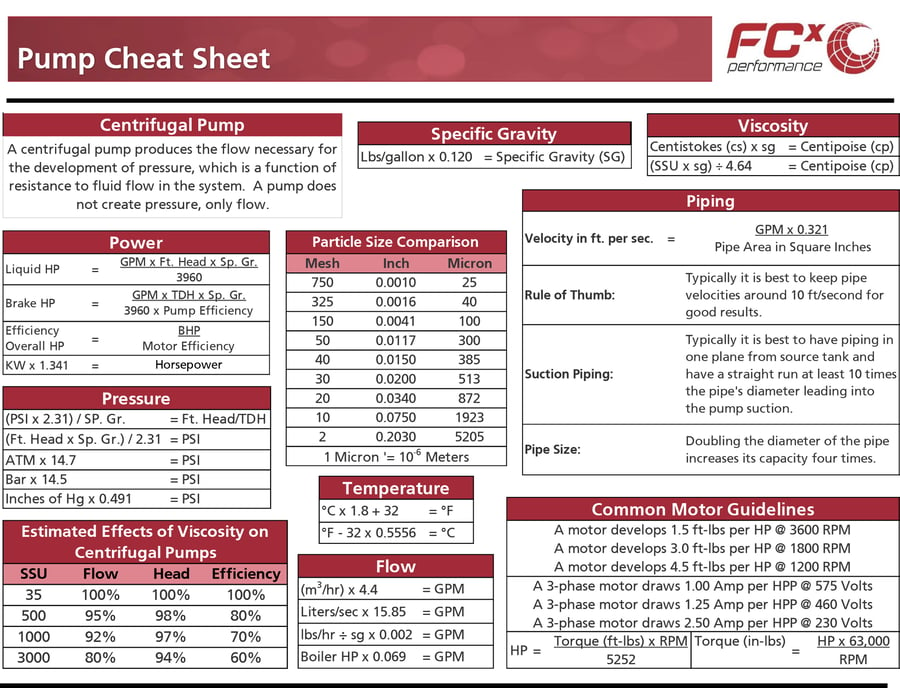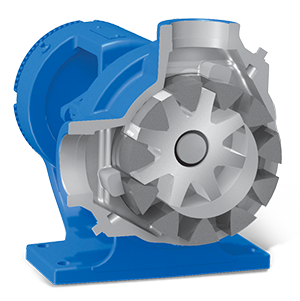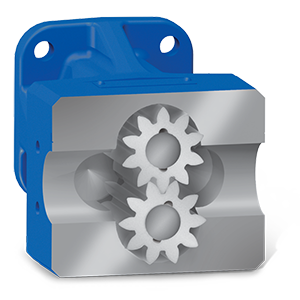
What You Need To Know About Gear Pumps
Exploring the versatility of internal and external gear pumps.
Article written by FCX Performance, Inc
Gear pumps, which are positive displacement pumps, provide a fixed volume per shaft revolution and a smooth flow for your pumping system. They’re ideal for pumping asphalt, adhesive, chocolate, and chemicals, along with other thin and viscous fluids at a broad range of temperatures. Because they deliver a fixed volume per shaft revolution, they are also used for dosing applications where precision and accuracy are important.
Gear pumps function by enclosing a fixed volume of fluid in their pumping chamber. They pull the fluid into pockets of space between the gears; the flow then moves at a fixed volume determined by the gear components into the discharge piping.
There are two types of gear pumps—internal and external. Both internal and external gear pumps operate by creating suction from the rotation of their two gears, however each has its own benefits and applications.


Internal Gear Pumps
The internal gear pump has one larger gear called the rotor with inward facing prongs, or teeth, and the second gear is called the idler which has outward facing teeth. As the idler on the internal gear pump moves around the rotor's gear, it creates suction which pulls the fluid into the open space inside of the rotor and around the idler through to the discharge. This pump is sometimes referred to as a gear within a gear.
Internal gear pumps are best suited for pumping fluids with a high viscosity, like asphalt, chocolate, and adhesive. The internal gear pump allows your fluid to move in both directions. The birotational pump design can be useful in situations where you need to fill and empty with the same pump. They are notable for their ability to work with high volume fluids with low pressure requirements. These pumps run slower than typical motor speed because they usually move thicker fluids that require the fluid to move slowly through the piping system.
Even though they can handle a range of viscous fluids, they are more favorable to high viscosities. There is a greater chance of product slip or recirculation within this pump design. Thus, working with thinner fluids can make the internal gear pump susceptible to leakage.
External Gear Pumps

The external gear pump has two interlocking gears of the same size which operate on their own shaft and move simultaneously. As the gears move, the liquid that comes from the inlet is pressured to move through the space where the two gears interlock in order to get to the discharge. In both gear pump designs, the interlocking teeth trap the fluid and pass it through to the discharge by reducing the volume of the fluid using pressure created by the gear's rotation.
External gear pumps are preferred for accurate fluid measurements and work best for thinner fluids. They have closer tolerance and tighter clearance which makes them more reliable in measuring liquids. Close tolerance and supporting shafts on each gear create a better environment for high pressure applications. Therefore, external gear pumps are an ideal choice for hydraulic fluid applications. In addition, there are no overhung bearing loads on the external gear pump making them less susceptible to premature wearing. External gear pumps, as opposed to internal, typically run at full motor speed.
Due to its design, the external gear pump cannot have any tracible solids run through the two gears. The fluid needs to be highly filtered before entering the pump. If any solid particles get into the pump chamber, it could cause the gears to bind.
If you’re in need of a pump that can give you precise measurement or a smoother flow, it might be time to consider gear pumps. Look out for our next Pump blog to learn more about one of Viking Pump’s series and dive into Viking Pump’s Universal Product Line.
talk with an expertIf you are getting ready for a system upgrade, your pumps need repaired, or you just have a few questions, our experts are standing by to help. |


